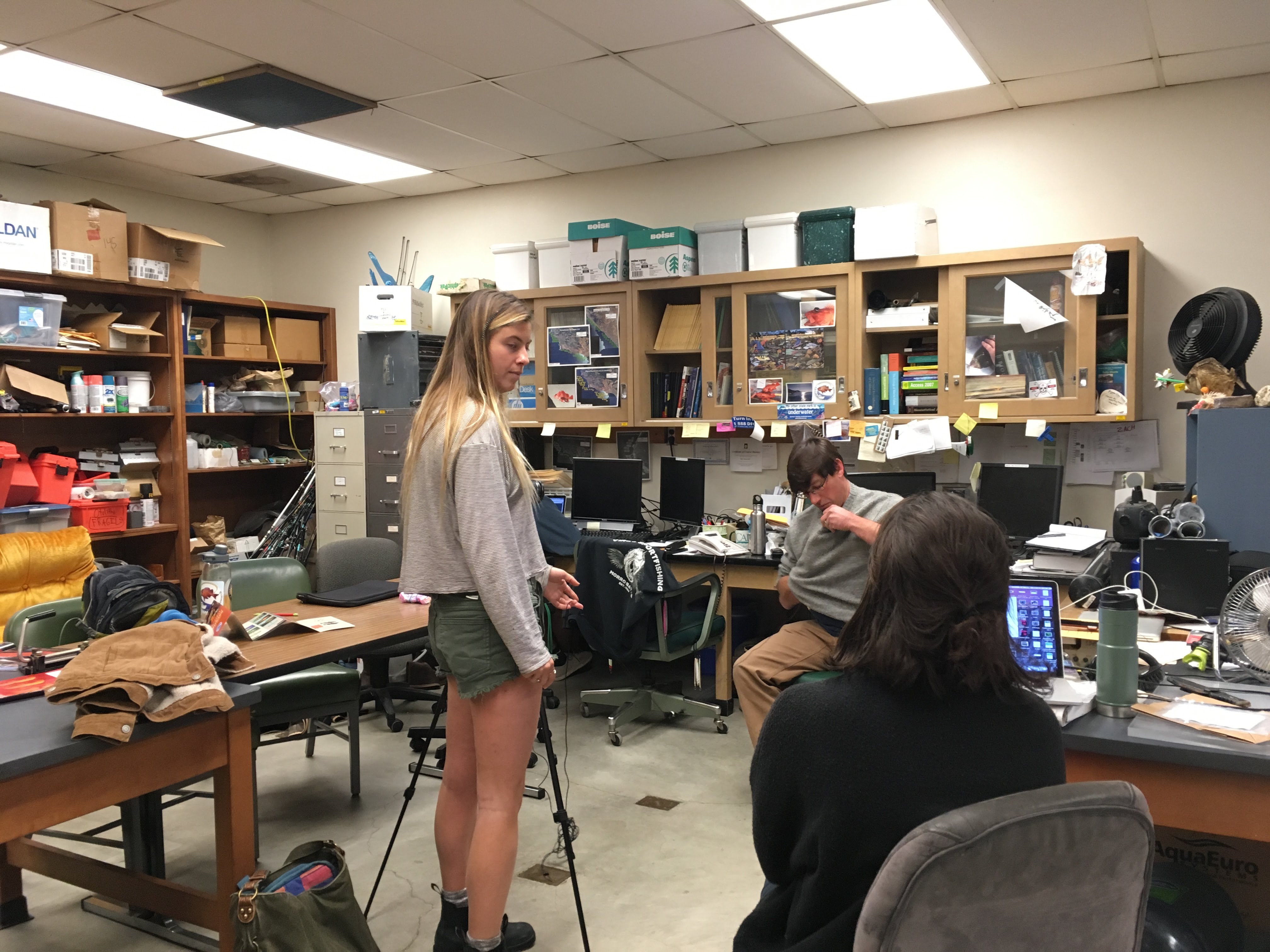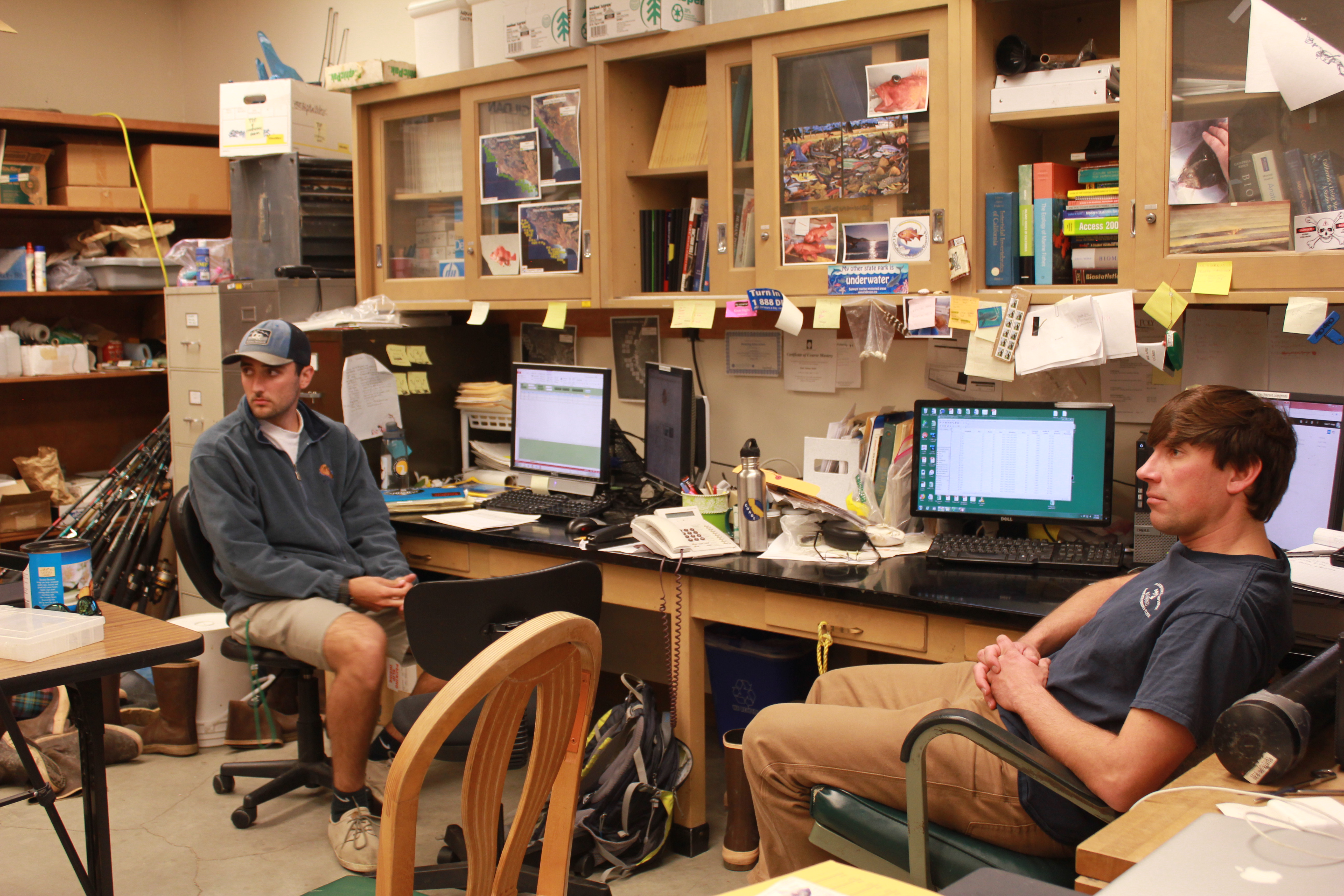It was the end of the line for the team. In fact, one might call them the dream team. Every project they’ve tackled had turned out relatively well, and everyone was pretty close with each other. They knew each other’s strengths, their weaknesses, stresses…it was a perfect recipe to crank out one more fantastic story.
But there was a problem. The team had no idea where to start.
“We just started clicking on random shit,” recalled Taylor Mohrhardt.
And she wasn’t wrong. After three great stories, the team felt drained. Tapped out. As if they had exhausted all of their sources, and were coming up empty. After coming up with one or two stories deemed a conflict of interest, the team started searching high and low for any sort of lead. Matthew scoured the Cal Poly club directory, looking for something interesting. Band, Hip hop, and Hawaiian culture all came up as possibilities, but alas, everything was turned down.
In a sheer stroke of brilliance, though, Alice (once again) came up with pure gold: sustainable regional fisheries research. And if I recall, this came out of a discussion of who the hottest professor at Cal Poly was with the rest of the class.
“He’s so cute!” was a common attribute given to this professor. That professors’ name was Grant Waltz, who was to become the first source. But during the team’s first interview with him, there was another problem. This was clearly a topic bigger than just one research center at Cal Poly. To add to that, Waltz said that no boats were going out to fish until April.
“I’m worried about the visual component,” Kayla said. “There just doesn’t seem to be much there”
And right she was. There really wasn’t going to be a big visual focus. As the days went by, the team started to get a little panicked. But then out of nowhere, Alice managed to score source after source, and the story really started to come together. In fact, we discovered that a lot of the research Cal Poly was doing was going towards NOAA, to come up with fisheries regulations and rules. It also helped that she was genuinely having fun with this.
“This is a ton of work, and I’m running all over the place, but I’m also really excited! It’s a super cool story, and not a lot is written about research people do here”
From local fishermen to game wardens, Alice was on it. Calling people left and right, making treks every which way on and off campus…it was incredible.
One of her sources was a fisherman in Morro bay who had been commercially fishing for 47 years. And he agreed with the more specific, less wide-reaching regulations.
“It’s far reaching, there’s no doubt about it. Especially rockfish should be managed regionally, there’s no doubt about it”, said Mark Tognazzini.
It didn’t look like the group would get their story in on time, because the scope of this thing ended up being far bigger than anything they could have imagined. It went from being just about the Cal Poly research, to a larger story about the state of regional fisheries as a whole. And with the help of Taylor handling the video, this thing really started to take shape.
But if it weren’t for the stunningly thorough and hard work of Alice and Taylor, this story would not have been nearly what it is. They took a tough topic, tackled it head on, and produced something to be immensely proud of. Just like another source, Benjamin Ruttenberg put it: “It’s not all doom and gloom”.

